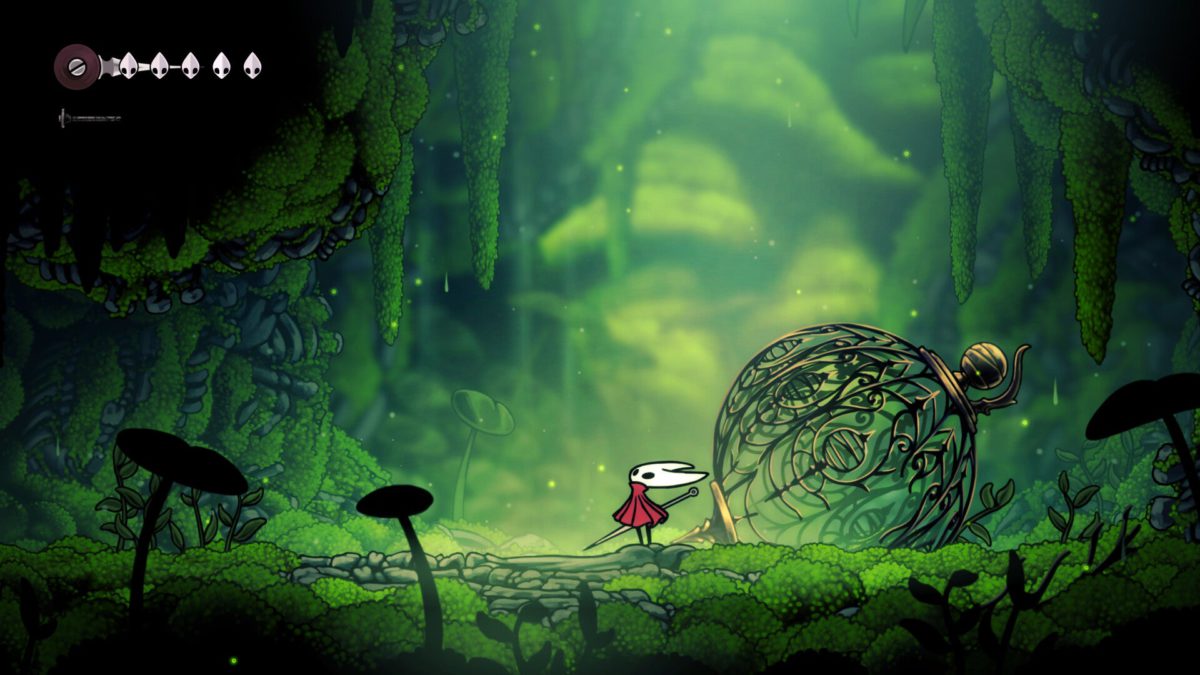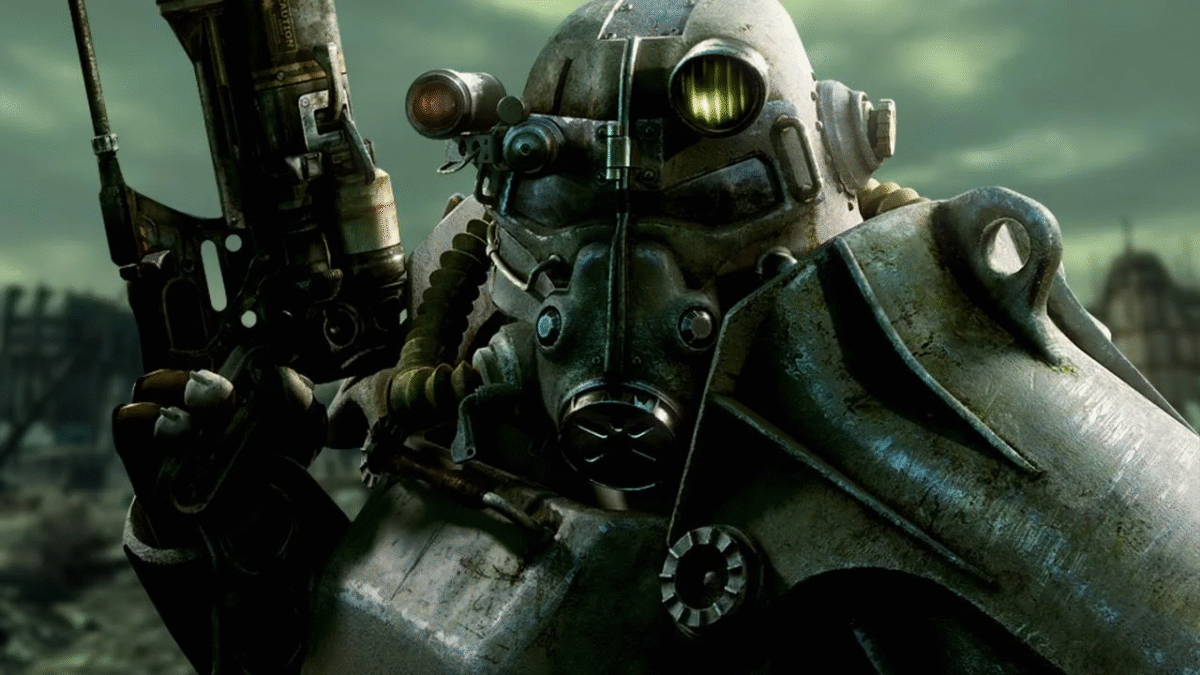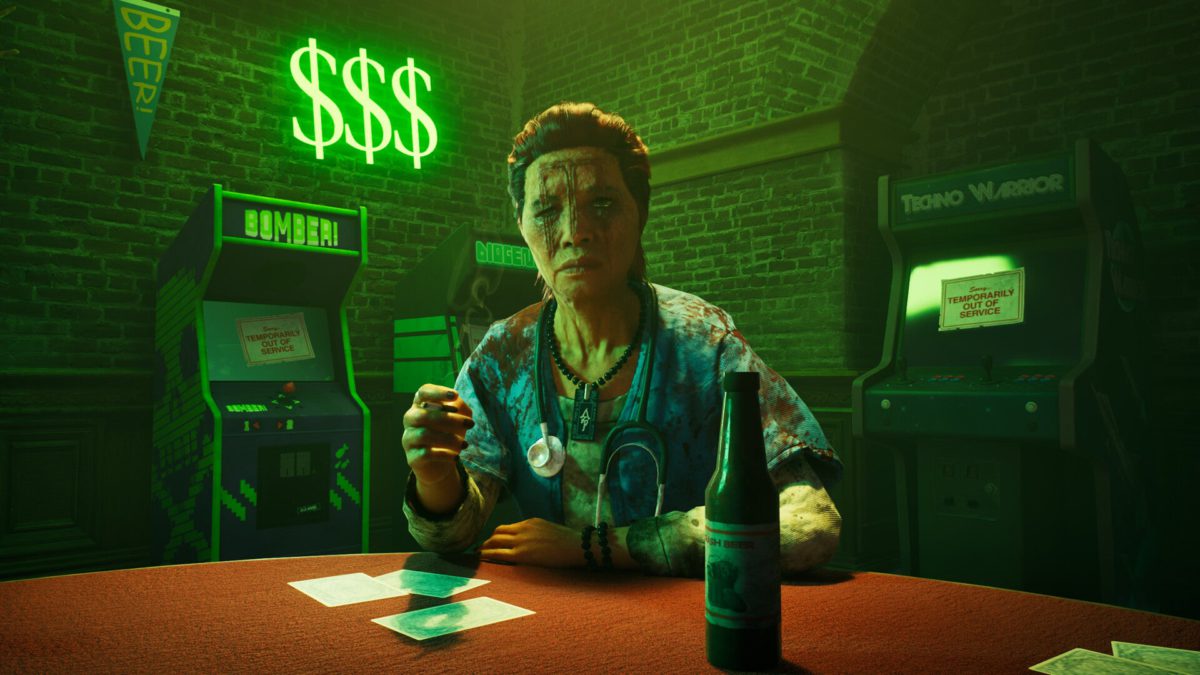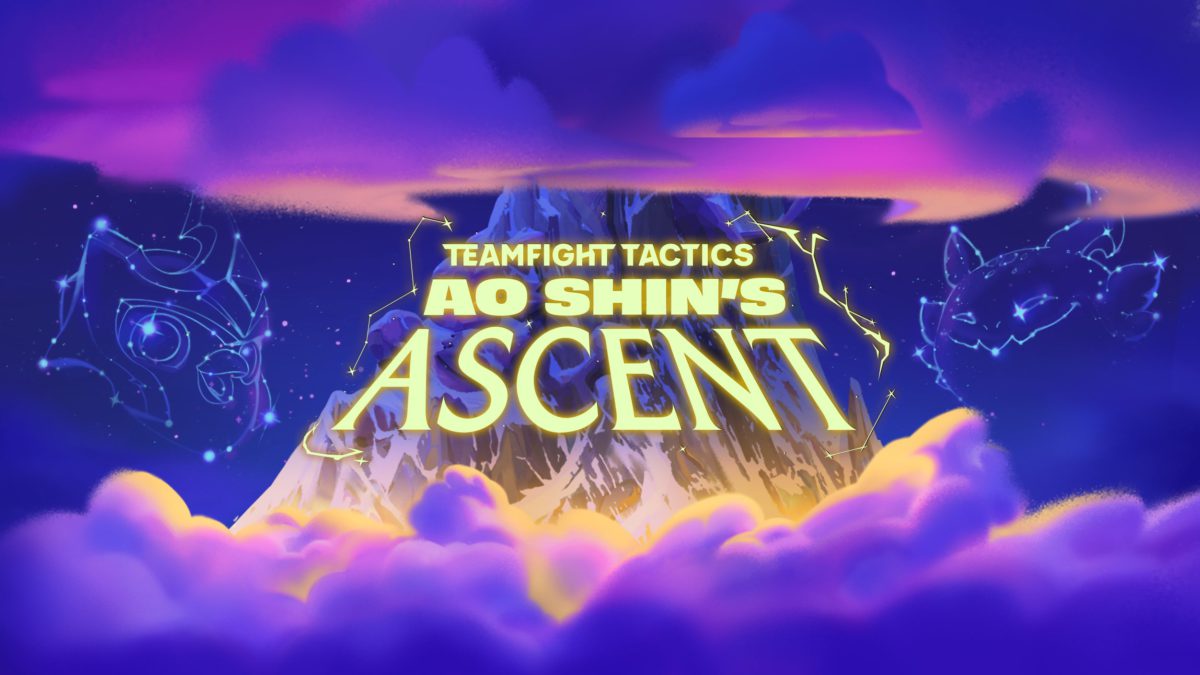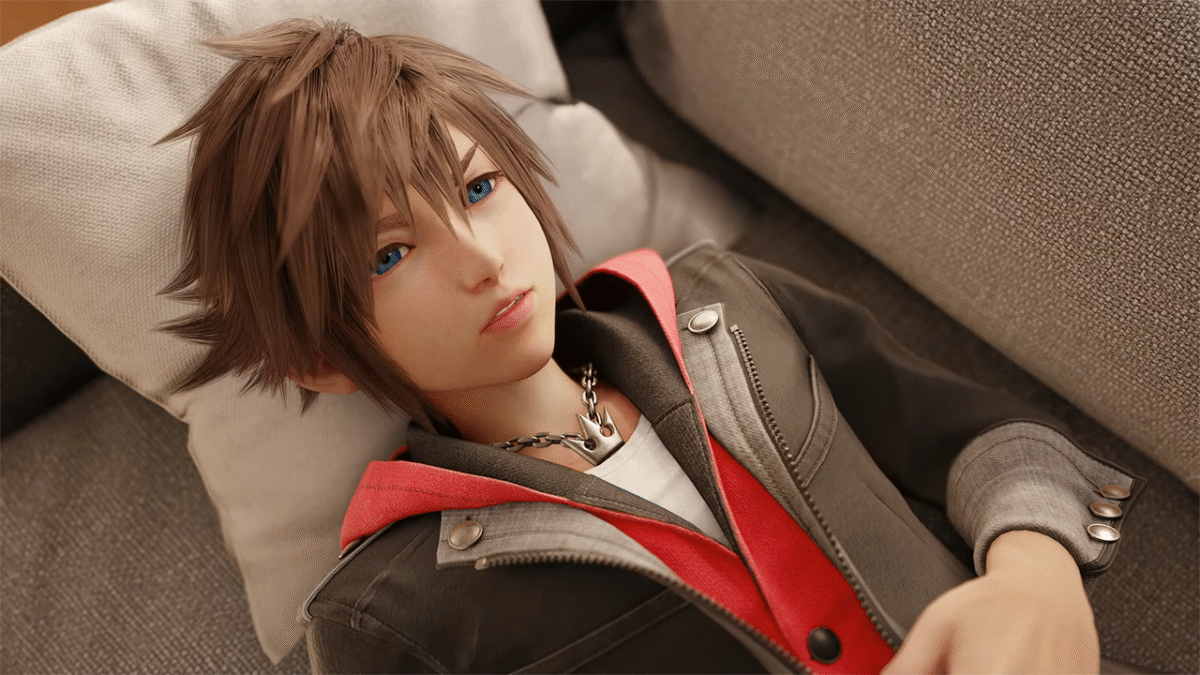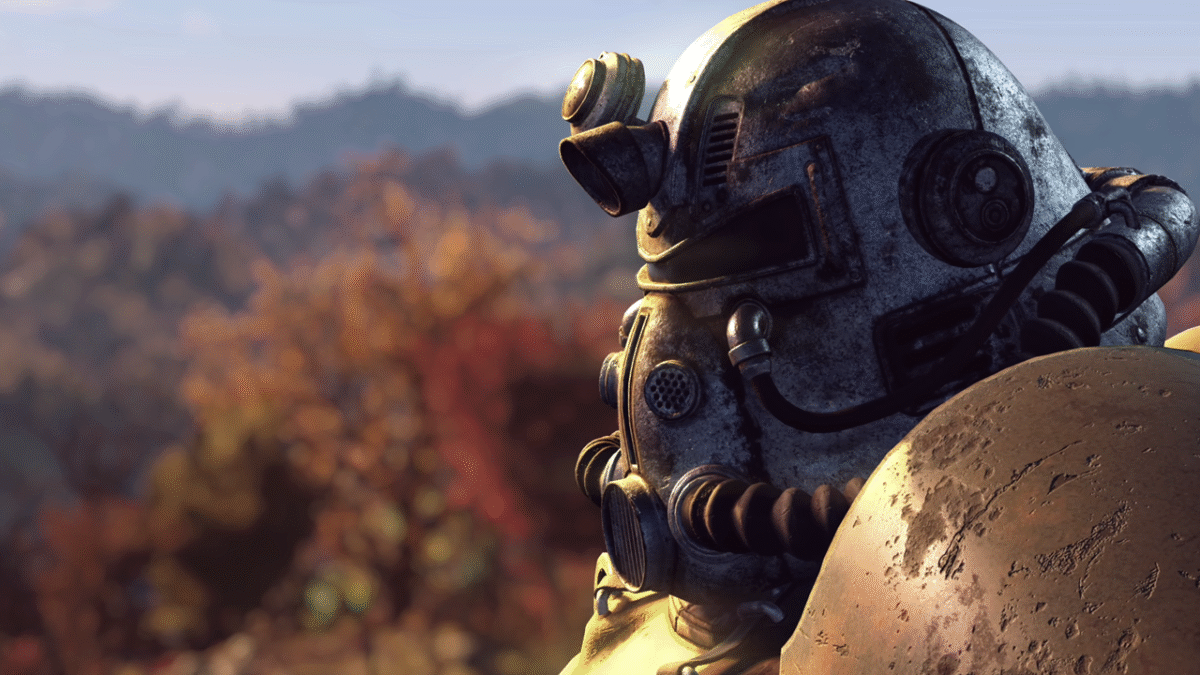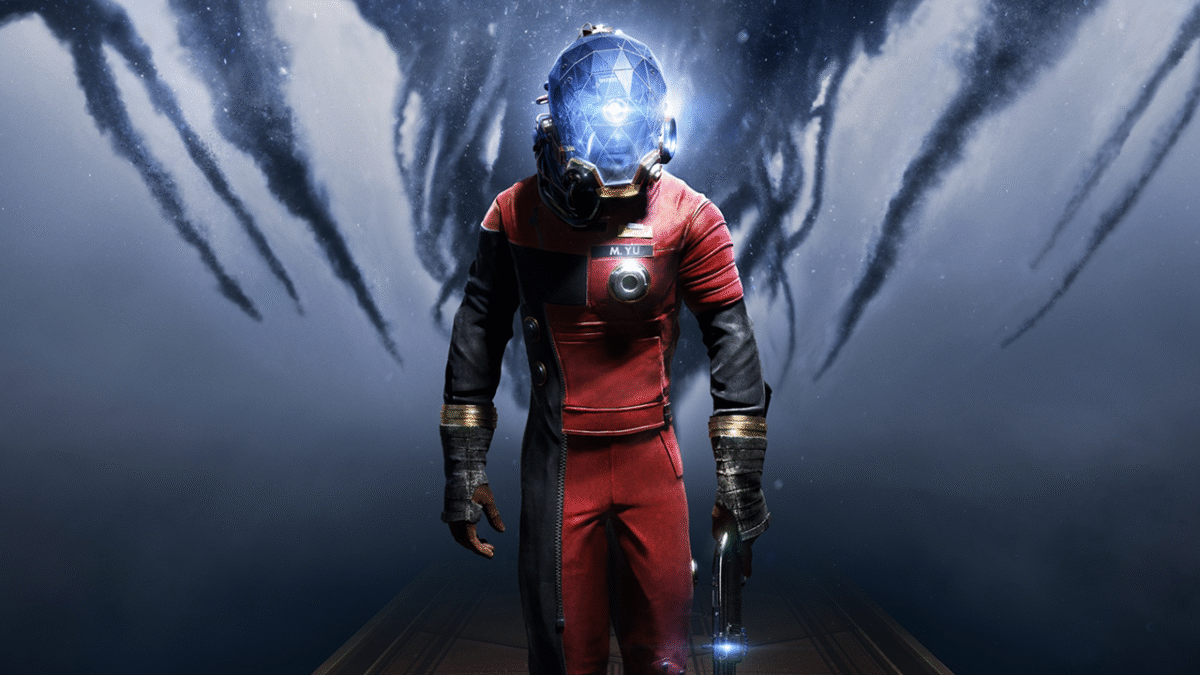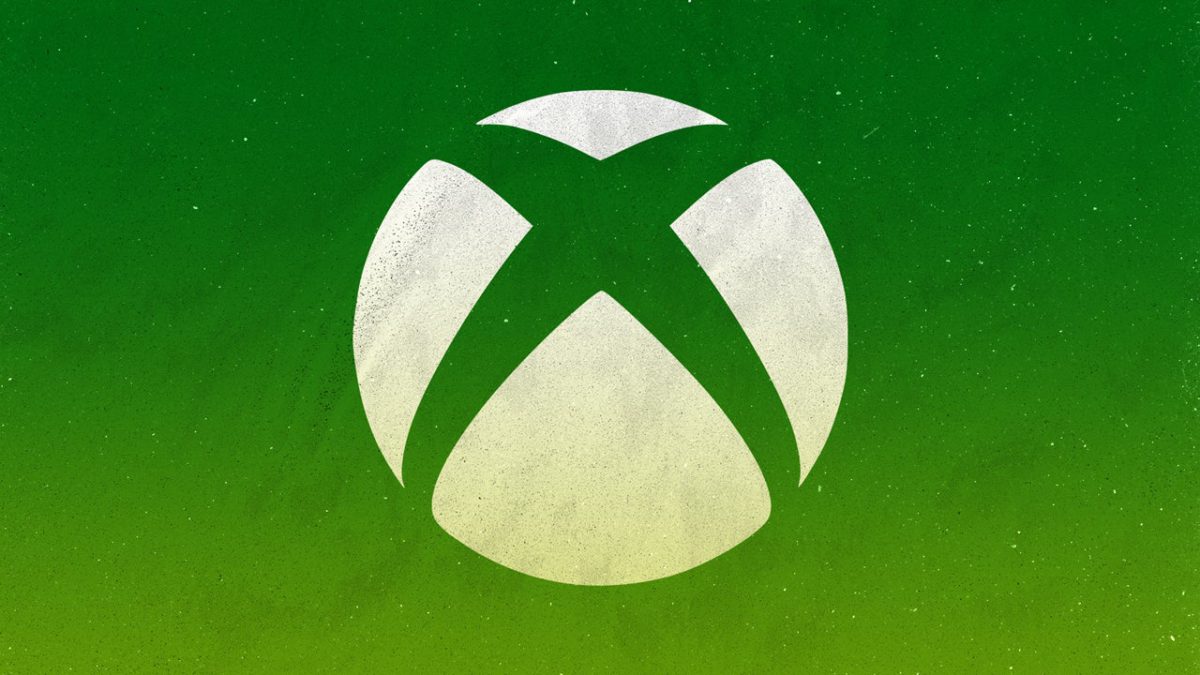
With Hollow Knight: Silksong’s huge launch in full swing, community debate about its qualities and flaws has gone back and forth, with some players insisting their criticisms about things like the game’s difficulty are valid and shouldn’t be instantly dismissed as “hate.”
Silksong launched over six years after it was announced amid huge excitement, and early indications are that it’s a critical and commercial success. At the time of this article’s publication, the Steam concurrent player count was over half a million, with English language user reviews sat on a ‘Very Positive’ rating.
However, as more players work their way through the game, some are expressing criticism across social media, subreddits, Discords, and Steam reviews. Most of this criticism revolves around Silksong’s difficulty scaling, which is causing players problems, and brutal runbacks. There’s even one very early miniboss causing a lot of players a whole heap of trouble, too.
“Is it just me, or are some of the things that make Silksong ‘difficult’ just cruel?” wondered redditor Machi-Ato.
“The game has artificially inflated difficulty and playtime due to overtuned numbers and menial tasks/runback,” reads a post on Steam.
It’s the reaction to these sorts of criticisms that has sparked a debate within the gaming community. Take that Steam post, for example. “Maybe you just got older and your skills have declined,” is the first response.
I love reading the negative reviews of Silksong because its just people complaining the game is too hard and doesn’t baby them pic.twitter.com/65Fv9lBtAx
— Johann (@LookAtMyMeat1) September 6, 2025
“It’s okay that Silksong is hard,” declared redditor jacked-deMamp in a thread upvoted 1,400 times. “It’s already getting old seeing that every other post online about this game is someone complaining about the difficulty, especially when there are so many incredible things to talk about like the quest system and the new mechanics.
“The amount of love Team Cherry put into this game is insane and you can feel it when you play, I wish people would get over the fact that it’s challenging because there’s nothing you can do about it other than get better. The game is finally out, and it’s hard – just like the original. I personally love that the mechanics are so different and require a lot of learning again, because after playing hundreds of hours of HK I didn’t want to just breeze through Silksong.
“I think we just need to realize the game is the way it is and cherish these early days with a very special piece of art. It’s okay to get frustrated but don’t make those feelings overshadow how great of an experience this game is.”
This sentiment has pushed the debate even further, with some players pushing back against the “git gud” and “skill issue” comments to insist it’s perfectly fine to point out flaws in Silksong, however, beloved and important a release it may be.
“Criticism isn’t hate,” countered redditor bboy2812 in a thread upvoted 5,200 times. “Most of the criticism I’ve seen on here and the Steam discussions is consistently dismissed as hate. Bad rosary economy, insane difficulty scaling, very few meaningful unlocks/upgrades, runbacks, locked into fighting bosses, contact damage stacking with normal hits, etc.
“The only ‘hate’ I’ve seen are from people who spam ‘git gud’ and ‘skill issue’ whenever they encounter valid complaints against their perfect little game that cannot possibly have anything wrong with it.”
If this sounds familiar, it’s perhaps because we’ve been through this sort of debate multiple times before with FromSoftware’s Souls games. The typical ‘Souls Cycle’ usually kicks off with adulation, followed by complaints the game is too hard, then more insight into why they’re too hard, then the ‘git gud’ accusations. Silksong, it seems, is following the same path.
Meanwhile, the debate about Silksong’s difficulty shows no sign of slowing down, which you’d expect for a game so popular. Thankfully, IGN is here to help. Here’s how to unlock and use the map, how to get Rosary Beads, Achievements and Trophies list, and our ever expanding Silksong Interactive Map. Also, you may need the Bell Beast boss fight guide. It’s a hard one!
Wesley is Director, News at IGN. Find him on Twitter at @wyp100. You can reach Wesley at wesley_yinpoole@ign.com or confidentially at wyp100@proton.me.

